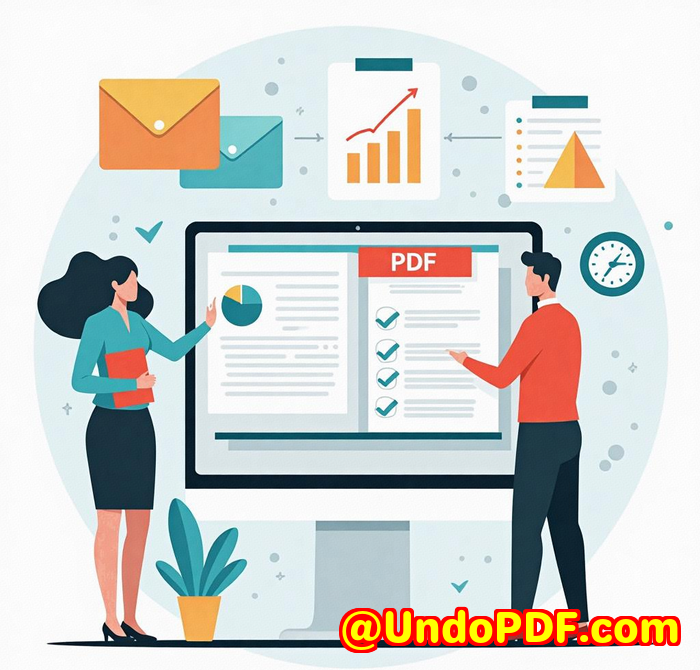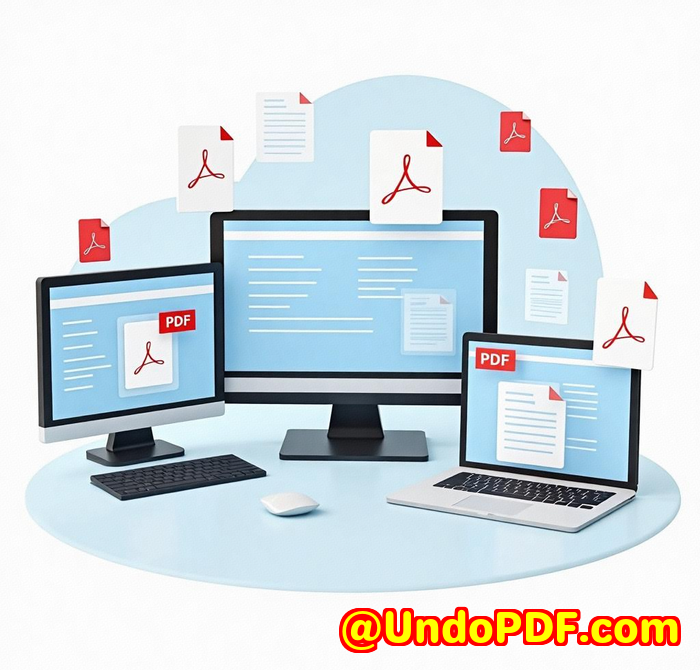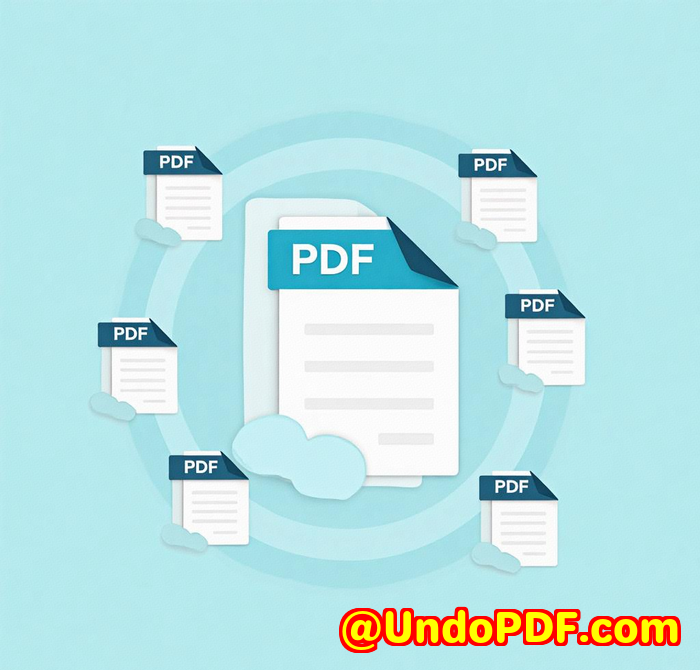How VeryPDF JavaScript PDF Annotator Enhances Document Review Efficiency in the Education Sector with Markup Tools
How VeryPDF JavaScript PDF Annotator Boosts Document Review Efficiency in Education with Powerful Markup Tools
Every time I’ve had to review piles of student papers or course materials, the process felt like a slog. Endless PDFs to annotate, clunky software that crashes or just doesn’t do what I want, and the hassle of juggling different file formats made me question why reviewing had to be such a headache.
If you’re in educationwhether you’re a teacher, professor, or administratoryou know this pain all too well. Marking up documents is critical, but existing tools often slow you down or don’t support the range of file types schools use. That’s exactly why I started looking for a better solution, and that’s where VeryPDF JavaScript PDF Annotator came into play.

Discovering the VeryPDF JavaScript PDF Annotator
I stumbled upon VeryPDF JavaScript PDF Annotator Source Code License while searching for a flexible, web-based annotation tool that could handle not just PDFs, but also Office docs, images, and even CAD files. What grabbed me was its ability to run entirely in-browser with no plugins needed, meaning it worked on any platformWindows, Mac, Linux, iOS, Androidyou name it.
This tool isn’t just for tech geeks. It’s perfect for educators who want to:
-
Annotate lesson plans, assignments, and presentations right in their browsers
-
Collaborate with colleagues on revisions and feedback
-
Manage annotations without corrupting the original documents
I found it easy to integrate into web apps or even use standalone, which means schools can roll it out without worrying about compatibility or extra installs.
Key Features That Make a Difference
1. Cross-Platform PDF and Document Annotation
It supports over 50 file formats, including PDFs, Microsoft Office files (Word, Excel, PowerPoint), and common image types like JPG and TIFF. This breadth means teachers don’t need multiple tools for different file types, streamlining the workflow massively.
I remember marking up a student’s multimedia project that combined PDFs and images. Instead of switching apps, I used the same interface seamlesslyhighlighting text, drawing freehand notes, and adding comments on images, all in one place.
2. Rich Annotation Tools
The annotator includes a solid set of markup options:
-
Text highlights and strikeouts
-
Freehand drawing for quick sketches
-
Point, area, and text comments for detailed feedback
-
Lines, polylines, and shapes to illustrate ideas
This versatility lets educators provide nuanced feedback. For example, when reviewing a thesis draft, I could underline problematic passages, circle errors, and add side commentsall intuitively.
3. Collaborative Review and Layering
One standout feature is how multiple users can annotate the same document without overwriting each other’s input. The layering functionality lets you toggle annotations on and off, making group reviews and discussions straightforward.
I tested this with a teaching team reviewing exam questions. We each added our notes separately, then merged everything into one annotated file without losing individual comments. This saved us hours compared to emailing back and forth.
Why This Beats Other Annotation Tools
I’ve tried standalone PDF editors and browser plugins before. Most were either limited to PDFs or required hefty installs. Some crashed under heavy files or didn’t work well on mobile.
VeryPDF’s solution impressed me because:
-
It’s plugin-free and browser-based, so no headaches with software conflicts.
-
It supports a wide variety of file formatsperfect for schools dealing with diverse documents.
-
The API allows custom integration, so IT teams can tailor the tool to existing platforms.
-
Annotation data can be burned into final files or kept separate, offering flexibility for different workflows.
Wrapping It Up: Why I Recommend VeryPDF JavaScript PDF Annotator
If you’re juggling document reviews in education, this tool solves real pain points:
-
Cuts down time switching between apps and formats
-
Enables detailed, precise annotation with versatile markup options
-
Supports collaboration without losing individual feedback
-
Works anywhere, on any device, with no plugins or installs
I’d highly recommend VeryPDF JavaScript PDF Annotator to anyone who needs an efficient, reliable annotation solution that fits modern workflows. Whether you’re marking assignments, reviewing curriculum docs, or collaborating with colleagues, it’s a game changer.
Ready to see for yourself?
Start your free trial now and boost your document review productivity:
https://veryutils.com/html5-pdf-annotation-source-code-license
Custom Development Services by VeryPDF
VeryPDF offers tailored development services to fit your unique needs, whether you’re running Linux, Windows, or macOS environments. Their expertise covers:
-
Custom PDF processing tools built with Python, PHP, C/C++, .NET, JavaScript, and more
-
Development of Windows Virtual Printer Drivers for creating PDFs, EMFs, and images from print jobs
-
Printer job capture and monitoring solutions that save print output as PDFs or image files
-
API integrations for document conversion, annotation, and DRM protection
-
Advanced OCR and barcode recognition for scanned PDFs and TIFFs
-
Document security solutions including digital signatures and DRM
-
Cloud-based document services for viewing, conversion, and protection
If you need a specialised tool or custom integration, get in touch via their support center at http://support.verypdf.com/ to discuss your project.
FAQs
Q1: Can I use VeryPDF JavaScript PDF Annotator on mobile devices?
Absolutely. It’s browser-based and works on iOS and Android without needing plugins or apps.
Q2: Does it support collaboration on annotations?
Yes, multiple users can add annotations with layering, allowing easy group reviews.
Q3: Which file formats can I annotate?
Over 50 formats including PDF, Word, Excel, PowerPoint, images like JPG and TIFF, CAD files, and more.
Q4: Can I export annotated PDFs with comments embedded?
Yes, annotations can be burned into the file or saved separately based on your needs.
Q5: Is there a trial version available?
You can test the annotator online via the demo link on the product page before committing.
Tags / Keywords
-
PDF annotation tool for education
-
JavaScript PDF annotator
-
Document markup software
-
Cross-platform PDF viewer
-
Collaborative PDF review tool



